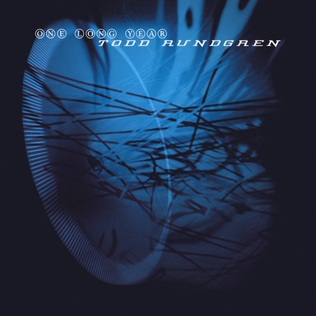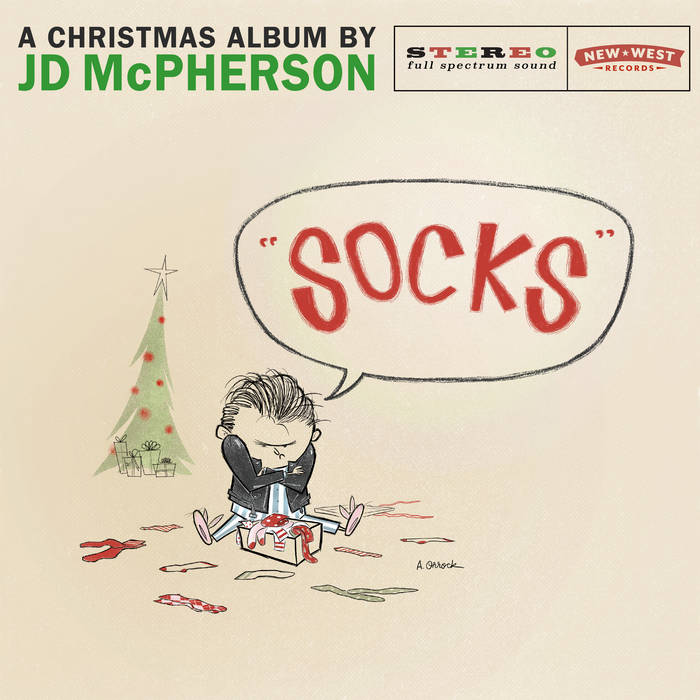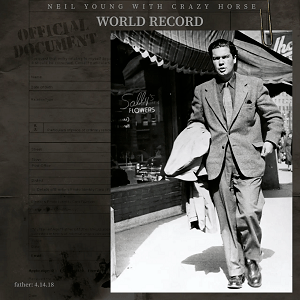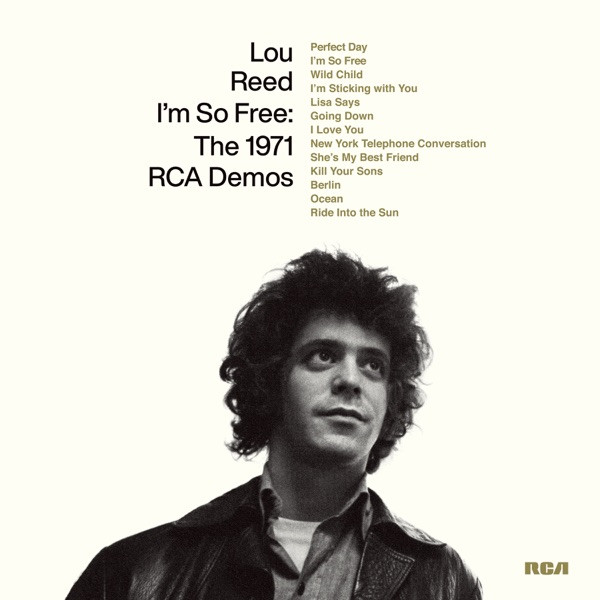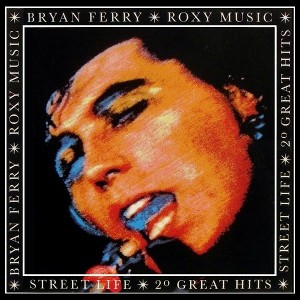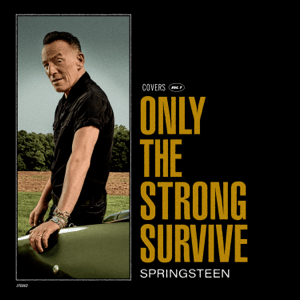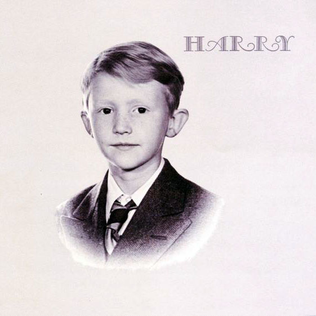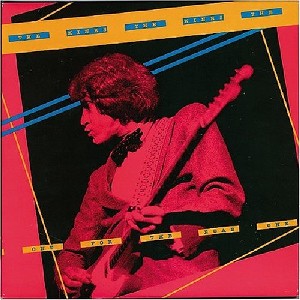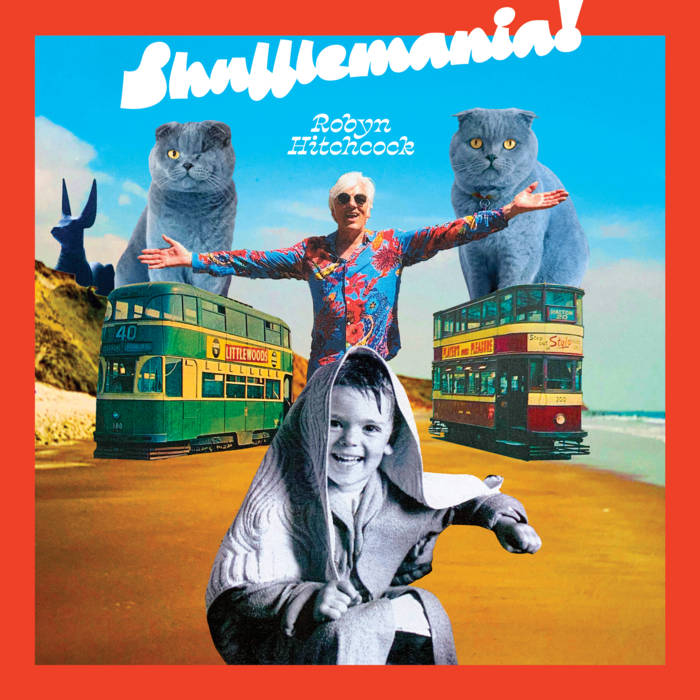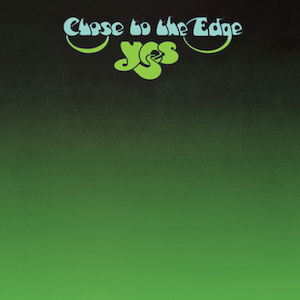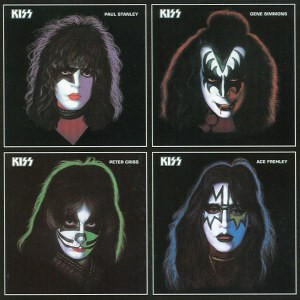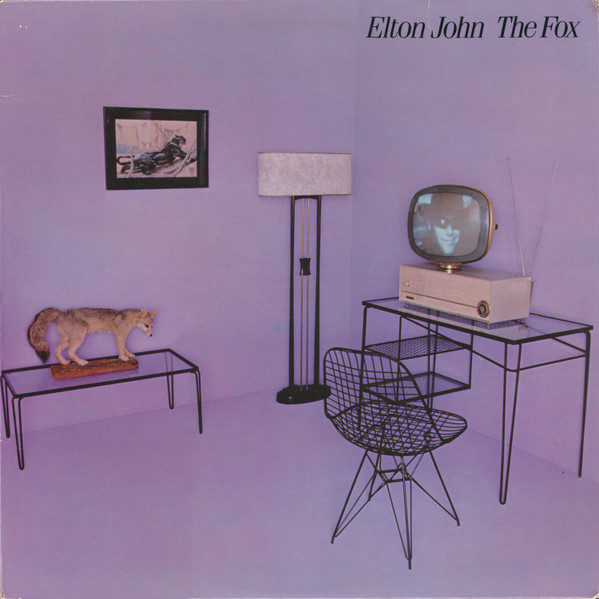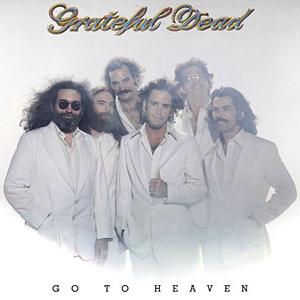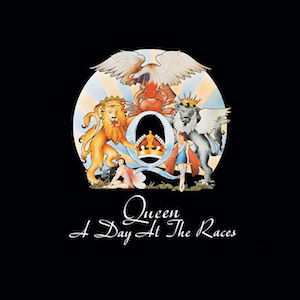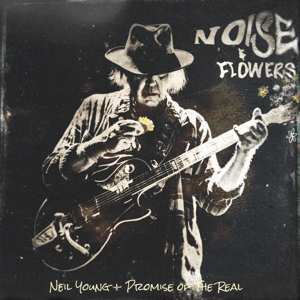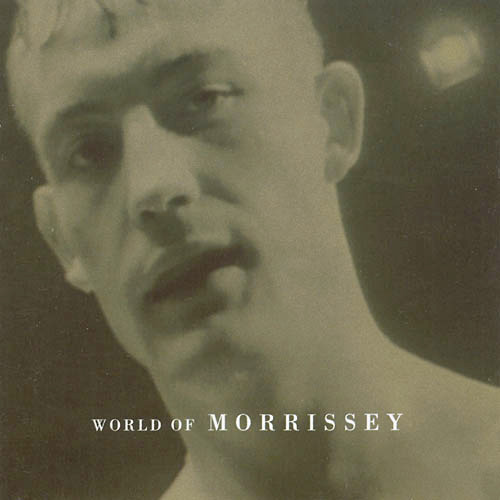The next part of the bold 1978 plan to keep Kiss product on the shelves was the risky idea to issue four solo albums simultaneously. To preserve a semblance of unity, each was “dedicated” to the other three, but were recorded separately with no input from the others, though some hired guns appeared on more than one. They were even individually issued on picture discs. Besides getting over two hours of Kiss-related musical content paired with specific merchandise order forms, those rabid consumers who bought all four got each segment of
an interlocking poster. Just because, we’ll tackle the albums from left to right when all the posters are connected.
Because of the lead vocals and all the layered rhythm guitars with help from band acolyte Bob Kulick—plus, he wrote all the songs—Paul’s album sounds the most like Kiss. That also means the lyrics are really dumb. But it’s musically consistent, which helps if you’re a Kiss Army cadet not seeking exotic adventure. For instance, “Wouldn’t You Like To Know Me” crosses the verse of “Rock ‘N Roll All Nite” with a perfect power-pop chorus, and “Take Me Away (Together As One)” has cascading acoustic guitars and an extended Abbey Road-style coda. Paul Stanley suggests what a 1978 Kiss album would have sounded like were he able to corral the others, though he might not have managed to convince Peter to croon “Hold Me, Touch Me” (Think Of Me When We’re Apart)”.
Gene’s album starts with a demonic laugh and nightmare strings heralding the otherwise ordinary rock of “Radioactive”, and the album proceeds mostly in a standard rock motif. Despite his image, he seems to want to present himself as a well-rounded entertainer, calling on lots of special guests, including Joe Perry, Jeff “Skunk” Baxter, and Rick Nielsen on guitars, and backing vocals from Donna Summer, Helen Reddy, Janis Ian, the future Peg Bundy, and two of the guys from Beatlemania. “Living In Sin” (“at the Holiday Inn”, naturally) sports a cameo from Cher as an excited fan on the phone, “See You In Your Dreams” gets a redo, and the whole shmeer ends with a lush take on “When You Wish Upon A Star”. Despite his limited range, Gene Simmons is silly but adept.
Peter was always the odd man out of the band, and his solo album didn’t help. Vocally he wasn’t awful if a little generic, while his personal musical taste leaned more toward R&B, which in those days meant less like Stax/Volt and more like disco. “Kiss The Girl Goodbye” used the band logo in the typography, but nothing on the album resembled the band in the least. His take on “Tossin’ And Turnin’” might have wowed them on American Bandstand, but we keep expecting to him to turn into Benny Mardones or some other yacht rocker. Even fans of “Beth” and/or “Hard Luck Woman” aren’t going to find anything like that on Peter Criss, except for maybe “I Can’t Stop The Rain”. At least he played most of the drums.
Ace wasn’t easy to corral in the band either, but his album is easily the best of the batch musically. He plays nearly everything himself, helped by future bandmate Anton Fig and that guy’s future Letterman cohort Will Lee, and wisely brought Eddie Kramer on board to produce. His vocal shortcomings are neatly obscured by the riffing and soloing, and the songs are intricate but catchy, as well as heavy (and dopey) enough for Kiss. “Snow Blind” and the Queen-like “Wiped Out” hint at pharmaceutical overload—even in those days we heard rumors of disorderly behavior at dives all over Westchester County. “Ozone” is mostly an excellent guitar track, making the vocal arbitrary, while “Fractured Mirror” is wholly instrumental. The big hit was “New York Groove”, which he didn’t even write himself, and pushed Ace Frehley as the album to have even if you didn’t like Kiss.
To promote the albums, various songs were used on the soundtrack of the band’s first and only major film project, Kiss Meets The Phantom Of The Park, which pretty much continued the band’s slide into irrelevance. In Europe and elsewhere, a Best Of Solo Albums compilation plucked three tracks at random from each, leading wisely with “New York Groove”. While they’re not horrible, any suggestion that these albums were the equivalent of the bumper bundle left by the former Beatles in 1970 is just ludicrous.
Paul Stanley Paul Stanley (1978)—3
Gene Simmons Gene Simmons (1978)—3
Peter Criss Peter Criss (1978)—2
Ace Frehley Ace Frehley (1978)—3
